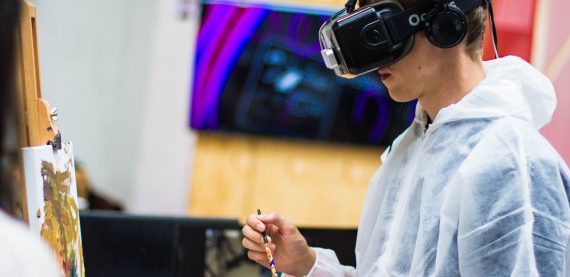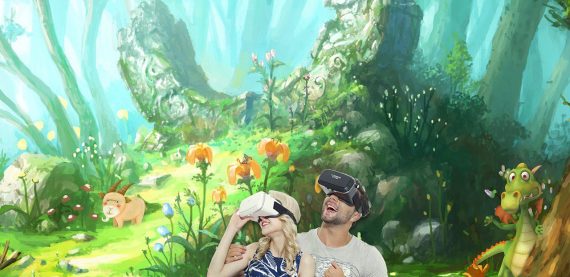When it comes to advanced technology, there are two types that have been vying for popularity: virtual reality (VR) and augmented reality (AR). This competition has caused confusion among its users.
Virtual Reality
It’s a recreation or a simulation of a real-life situation, condition, or environment. It’s computer-generated. It offers a great means for the user to immerse in a particular situation by going through the simulated situation firsthand. The technology does this by enhancing the user’s hearing and vision.
VR is usually done through wearing a headset which is integrated with the technology. It is prominently used in two ways. First it is used to enhance and recreate an imaginary reality for gaming, play, and entertainment purposes for instance in computer and video games or 3D movies. Virtual reality is also used to simulate a real-life environment and situation for the purposes of training such as flight simulation for pilots.
The coding language used for this technology is called VRML or virtual reality modeling language. This computer language is used primarily for creating a series of images and to specify the types of interactions that are possible using them.
Augmented Reality
On the other hand, augmented reality (AR) layers all the computer enhanced reality over a real-life situation which makes it more meaningful as the user is enabled to interact with it. This is the technology which is developed into apps and mobile devices for digital components to be integrated into real life, enhancing it and at the same time it can be set apart from it.
AR has a lot of mainstream media uses. This technology is behind the display score overlays on sports games and 3D emails that pop out. It’s also used in photos and text messages sent through mobile devices. AR is also used for holograms and motion-activated commands.
Differences between the Two
There are main differences between these two technologies apart from its uses and the manner in which each technology is used as described above. When it comes to consumer space, augmented reality has a bigger dent compared to virtual reality.
Augmented reality has several applications in video games and hardware, e.g., Google Glass. Virtual Reality is trailing behind AR in social encounters in the virtual world but it has found an edge with Oculus Rift.
Both technologies have a place in the consumer market, but AR is seen to be more commercially successful since it does not completely lift the user out of the real world. The truth about these two technologies is that they are often fused together for the user to have a higher quality of immersion into enhanced reality.
Virtual reality is defined by 6 Degrees of Freedom. This is the number of ways in which the user can move around and interact with the virtual surroundings. The 6 Degrees of Freedom can be categorized into two: rotational and translational movements. Rotational is composed of roll, yaw, and pitch while translational of left/right, upward/downward, and forward/backward.
Augmented reality is simpler. It does not remove you entirely from your reality. It enables you to look around while objects and other data are placed around you which you can interact with. This is the application used in the popular Pokemon Go and Snapchat Filters.








